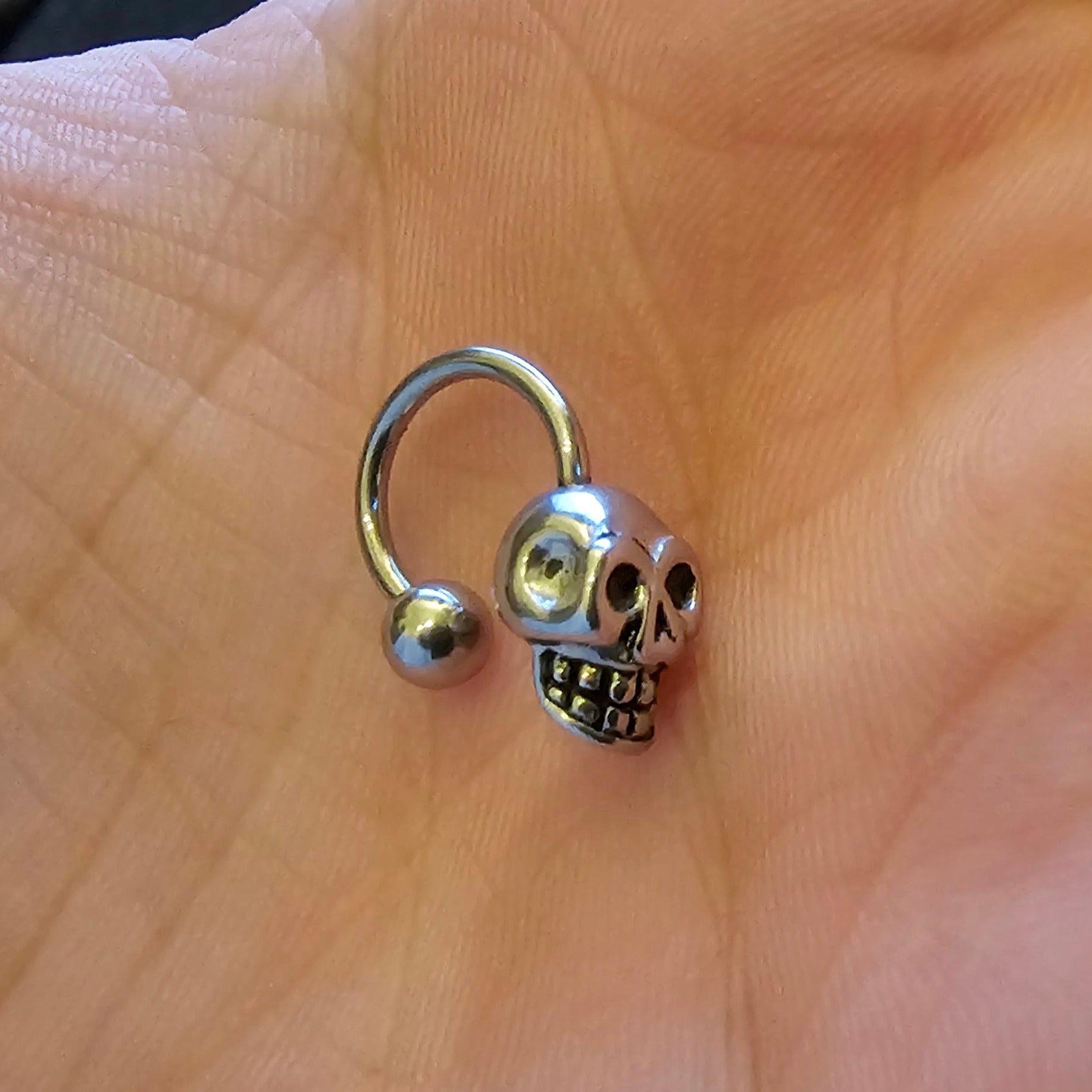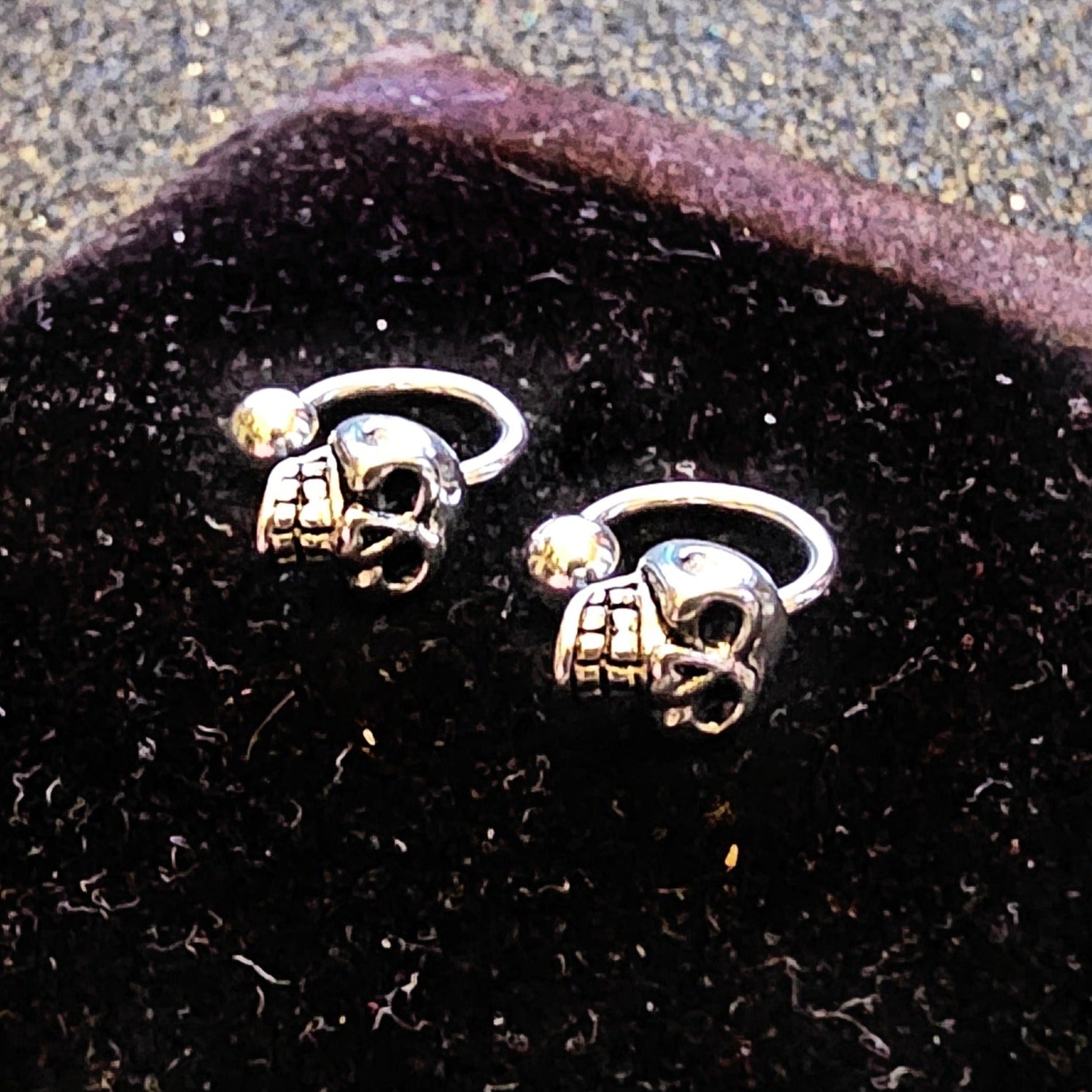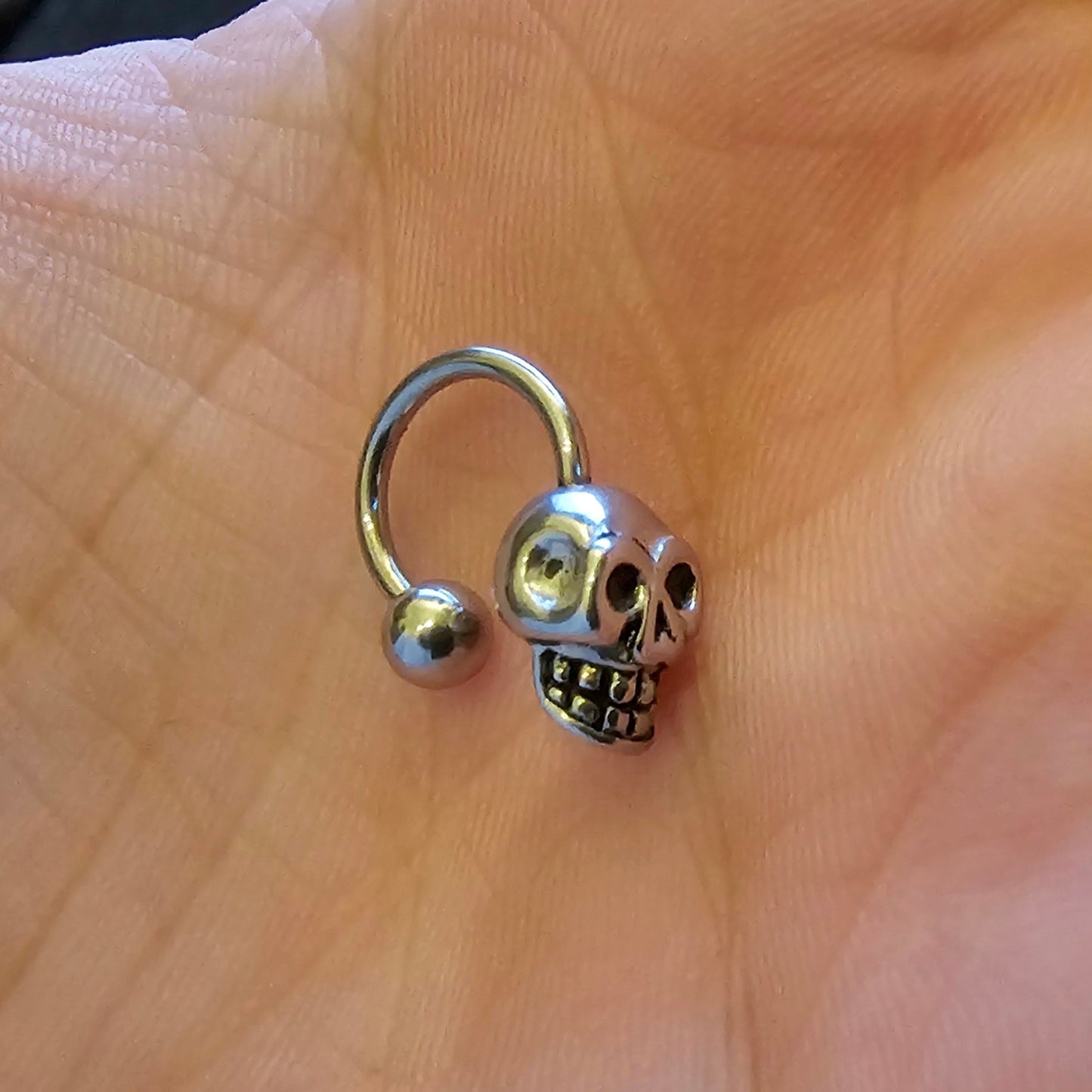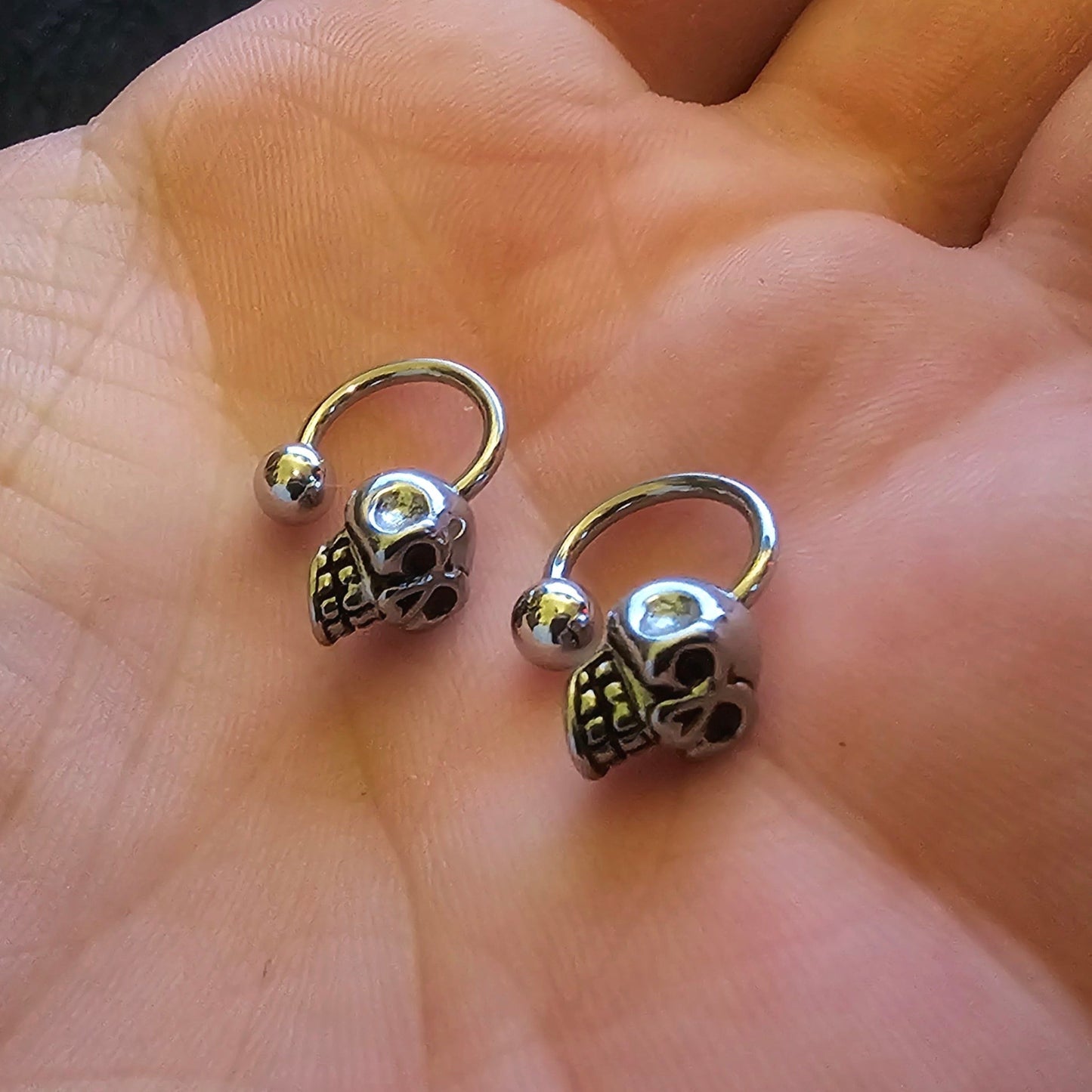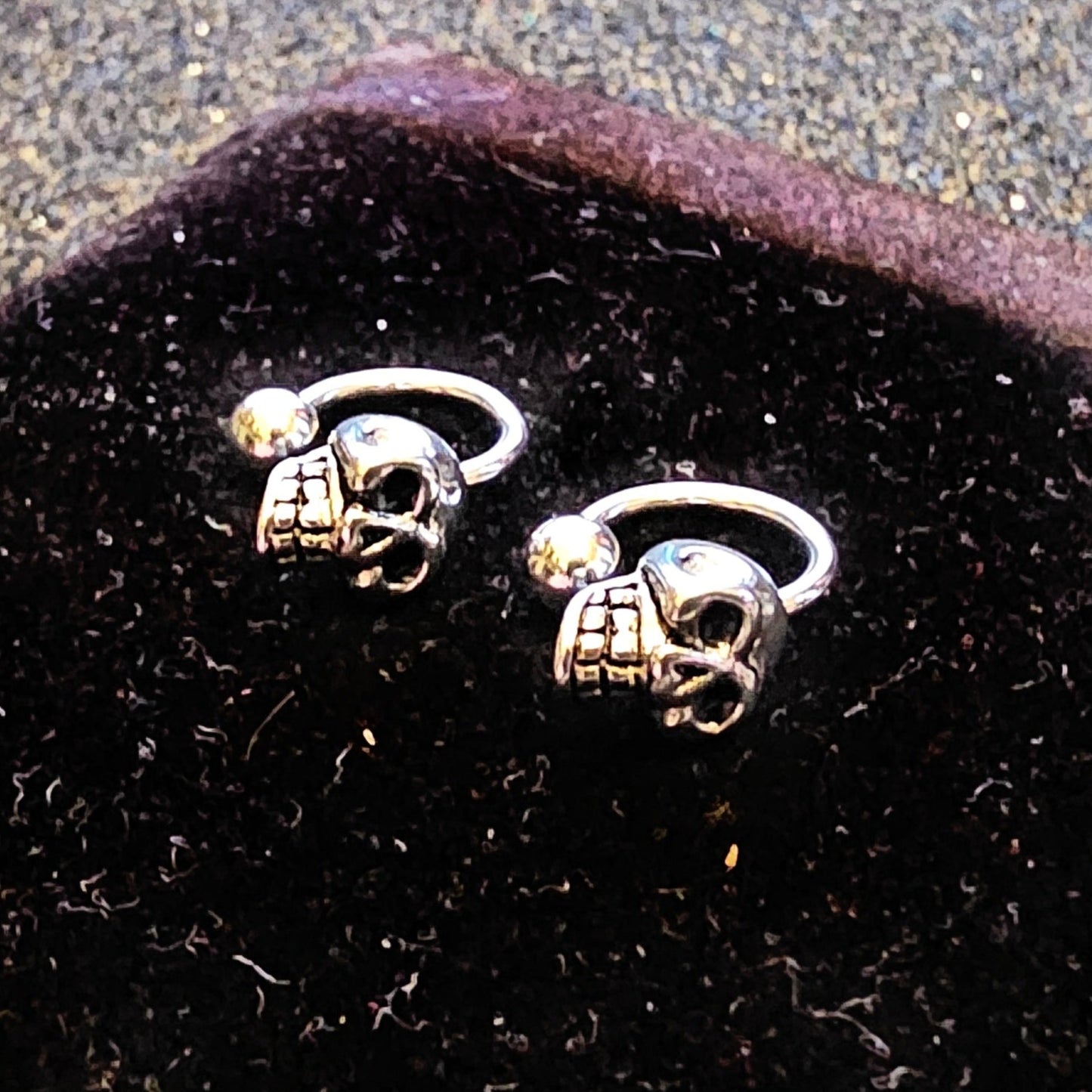7780039327789,
7391783092269,
7237220630573,
7380884324397,
7380884193325,
7380883898413,
7673710510125,
7510741712941,
7380884619309,
7380884553773,
7380884488237,
7380884455469,
7380884422701,
7380884357165,
7380884160557,
7380884095021,
7380884062253,
7380884029485,
7380883996717,
7380883963949,
7380883931181,
7380883832877,
7380883734573,
7415263658029,
7415596974125,
7391779913773,
7416411815981,
7415262511149,
7395273113645,
7391779127341,
14891895816575,
14891896111487,
8014980579373,
8014981529645,
8014981890093,
8014983004205,
7679495241773,
7395623600173,
7391779061805,
7415596875821,
7416411881517,
7612184363053,
7612197208109,
7612184264749,
7612193603629,
7391779160109,
7415274340397,
7415248879661,
7391780012077,
7383022665773,
7441984815149,
7480758599725,
7480165400621,
7479698063405,
7480758403117,
7480165007405,
7183403057197,
7489999175725,
7541492023341,
7510763864109,
7510763175981,
7510760980525,
7480760860717,
7480758665261,
7480758501421,
7480165367853,
7480165236781,
7480140136493,
7480139907117,
7441988091949,
7441988026413,
7441987928109,
7441987895341,
7441985339437,
7441985273901,
7412079132717,
7183403712557,
7183404040237,
7183405580333,
7471327248429,
7183404793901,
7233753186349,
7482106282029,
7286955311149,
7492031709229,
7286957539373,
7233753808941,
7183405383725,
7183404498989,
7183403483181,
7780046798893,
7480668127277,
7471327608877,
7471327576109,
7471327281197,
7471327150125,
7408784867373,
7408784801837,
7407712075821,
7286957441069,
7286957408301,
7286957375533,
7286957277229,
7286955245613,
7286954819629,
7233754562605,
7233754365997,
7183404105773,
7183403614253,
7183403581485,
7183403188269,
7183403745325,
7441991860269,
7566600536109,
7541484453933,
7391780765741,
7391783387181,
7492029546541,
7492029251629,
7489601404973,
7471327379501,
7471327084589,
7413749514285,
7413749448749,
7408846176301,
7408846110765,
7408784834605,
7407712174125,
7183405580333,
7471327248429,
7233753186349,
7183404793901,
7482106282029,
7286955311149,
7492031709229,
7286957539373,
7233753808941,
7183405383725,
7183404498989,
7183403483181,
7780046798893,
7480668127277,
7471327608877,
7471327576109,
7471327281197,
7471327150125,
7408784867373,
7408784801837,
7407712075821,
7286957277229,
7286957441069,
7286957375533,
7286957408301,
7286955245613,
7286954819629,
7233754562605,
7233754365997,
7183404105773,
7183403745325,
7183403614253,
7183403581485,
7183403188269,
7566600536109,
7541484453933,
7391780765741,
7391783387181,
7492029546541,
7492029251629,
7489601404973,
7471327379501,
7471327084589,
7413749514285,
7413749448749,
7408846176301,
7408846110765,
7408784834605,
7407712141357,
7407712174125,
7412110000173,
7541492023341,
7588922490925,
7588924194861,
7588896866349,
7588923736109,
7588923310125,
7391778078765,
7530804871213,
7753938632749,
7662450442285,
7530805166125,
7530804805677,
7391782436909,
7391782731821,
7391783026733,
7391782371373,
7479696687149,
7412087324717,
7412110000173,
7412086112301,
7412104888365,
7616205684781,
7412086145069,
7412086177837,
7412110065709,
7869450354733,
7869449994285,
7412079132717,
7412108754989,
7616206405677,
7489998979117,
7489997766701,
7719412596781,
7761316773933,
7572735950893,
7572735918125,
7572735885357,
8028149907501,
7852437864493,
7761822384173,
7761822482477,
7761822220333,
7760562290733,
7760558587949,
7753954721837,
7470988951597,
7385087705133,
7379999129645,
7489995178029,
7183403089965,
7383019323437,
7412087324717,
7479698358317,
7183404269613,
7183402303533,
7183405482029,
7416111366189,
7183403679789,
7183402270765,
7412086112301,
7616238518317,
7530353000493,
7480758599725,
7480165400621,
7479698063405,
7469738459181,
7385679724589,
7383027810349,
7380884324397,
7380319273005,
7183403221037,
7183402762285,
7183402500141,
8014981267501,
7412110065709,
7412104888365,
7685270175789,
7616205684781,
7183405711405,
7535001206829,
7515517157421,
7511201153069,
7510742007853,
7510554771501,
7495458160685,
7488395608109,
7482114277421,
7480773541933,
7480758403117,
7480165007405,
7479699636269,
7472151593005,
7469740589101,
7463424131117,
7425796800557,
7383019323437,
7183404269613,
7383027810349,
7380884324397,
7380883898413,
7383481155629,
7383027875885,
7380884193325,
7673710510125,
7673711198253,
7441989074989,
7380884095021,
7380883734573,
7380883832877,
7380883963949,
7383026139181,
7383026303021,
7383026204717,
7380883931181,
7380883996717,
7380884062253,
7380884029485,
7383481319469,
7383027712045,
7383027679277,
7380884619309,
7380884553773,
7380884488237,
7380884455469,
7380884422701,
7380884357165,
7380884160557,
7183404433453,
7379999129645,
7183402303533,
7416111366189,
7183403679789,
7183402270765,
7530353000493,
7469738459181,
7385679724589,
7380319273005,
7183403221037,
7183402500141,
8014981267501,
7511201153069,
7510554771501,
7479699636269,
7472151593005,
7469740589101,
7425796800557,
7421064413229,
7416412995629,
7416111398957,
7416109170733,
7413744435245,
7413298855981,
7413208023085,
7407747760173,
7385679560749,
7183402663981,
7183402336301,
14891895980415,
14891896078719,
14891896242559,
14891896308095,
8014980775981,
8014981201965,
8014982152237,
8014982742061,
8014982709293,
7730289377325,
7722792353837,
7489601306669,
7511202201645,
7510750920749,
7495458291757,
7490000420909,
7489995112493,
7480631427117,
7472149430317,
7469740523565,
7469740392493,
7183402762285,
7685270175789,
7535001206829,
7515517157421,
7510742007853,
7510554771501,
7495458160685,
7488395608109,
7482114277421,
7472151593005,
7463424131117,
8014980874285,
8014982217773,
8014982512685,
8014982774829,
8014981759021,
7730289213485,
7722797465645,
7722194993197,
7685269946413,
7535001239597,
7534540652589,
7534540619821,
7534540587053,
7534540488749,
7534213070893,
7515512635437,
7515499855917,
7515499692077,
7515497562157,
7511192600621,
7511061069869,
7510754263085,
7510750920749,
7489601306669,
7488395673645,
7488395509805,
7488395444269,
7482106839085,
7482106675245,
7480667963437,
7480640897069,
7480359616557,
7480359059501,
7480359026733,
7472151756845,
7572735950893,
7761316773933,
7572735918125,
7572735885357,
8028149907501,
7761822384173,
7760562290733,
7760558587949,
7761822482477,
7761822220333,
7852437864493,
7663369781293,
7461635031085,
7459028205613,
7757468368941,
7663369879597,
7663369322541,
7663369584685,
7483905376301,
7660883968045,
7579350237229,
7391779618861,
7391781781549,
7416125194285,
7416120246317,
7417175474221,
7416123555885,
7479696687149,
7412087324717,
7412110000173,
7412086112301,
7412104888365,
7616205684781,
7463424131117,
7412110065709,
7412086145069,
7412086177837,
7869450354733,
7869449994285,
7616206405677,
7489999175725,
7489998979117,
7489997766701,
7489995210797,
7412108754989,
7412079132717,
7379585138733,
7379585171501,
7753937944621,
7753937780781,
7539306102829,
7379606700077,
7239559577645,
7442190925869,
7612258779181,
7612225617965,
7611557281837,
7611555938349,
7611546861613,
7442199183405,
7385087705133,
7383022665773,
7183402303533,
7471327248429,
7183404793901,
7479698358317,
7183402270765,
7379966885933,
7616238518317,
7416066375725,
7286957539373,
7391778013229,
7479698063405,
7479697080365,
7183402762285,
7233753808941,
7183405383725,
7183404498989,
7286954819629,
7611553677357,
7471327608877,
7579347451949,
7572735918125,
7572735950893,
7572735885357,
7479699636269,
7286957408301,
7183402663981,
7471327576109,
7425796800557,
7441988649005,
7183403188269,
7471327281197,
7479696293933,
7459028074541,
7183403057197,
7183402336301,
7510742007853,
8014981070893,
8014980677677,
7286957244461,
7722792353837,
7685269946413,
7673710510125,
7395285893165,
7611555938349,
7611555414061,
7579350106157,
7579350237229,
7579338833965,
7470988951597,
7489995178029,
7183403089965,
7780046438445,
7489995046957,
7441988321325,
7183405482029,
7480758599725,
7480165400621,
7479698063405,
7480773541933,
7480758403117,
7480165007405,
7183405711405,
7183403057197,
7510763864109,
7510763175981,
7480797233197,
7480760860717,
7480758665261,
7480758501421,
7480165367853,
7480165236781,
7480140136493,
7480139907117,
7441988091949,
7441988026413,
7441987928109,
7441987895341,
7441985339437,
7441985273901,
7541492023341,
7183403712557,
7183402565677,
14893349929343,
14893349831039,
7183402303533,
7416111366189,
7183402270765,
7616238518317,
7385679724589,
7421064413229,
7416412995629,
7416111398957,
7416109170733,
7413208023085,
7407747760173,
7385679560749,
7183402336301,
7772671836205,
7490000420909,
7489995112493,
7444058964013,
7416416665645,
7416416698413,
7385679691821,
7385679626285,
7385679527981,
7385679495213,
7663369781293,
7483877818413,
7461635031085,
7459028009005,
7459028205613,
7451784380461,
7579347451949,
7461563465773,
7459028074541,
7459028271149,
8028148269101,
7757468368941,
7728707862573,
7726432550957,
7726432485421,
7713994506285,
7663369879597,
7663369322541,
7663369584685,
7660883968045,
7603671269421,
7579350302765,
7579350171693,
7579350106157,
7579350237229,
7579350368301,
7579338833965,
7578043678765,
7491654877229,
7483923660845,
7483909898285,
7483908718637,
7483907407917,
7483905671213,
7483905474605,
7483905376301,
7483905310765,
7483905212461,
7483881947181,
7483877752877,
7483877589037,
7470978596909,
7470978236461,
7470954676269,
7470954545197,
7461563400237,
7461563301933,
7461562908717,
7460394336301,
7460393779245,
7479696687149,
7412087324717,
7183402303533,
7416111366189,
7183402270765,
7616238518317,
7530353000493,
7412110000173,
7412086112301,
7385679724589,
7412104888365,
7616205684781,
7416412995629,
7421064413229,
7413208023085,
7416111398957,
7416109170733,
7412110065709,
7412086145069,
7412086177837,
7407747760173,
7385679560749,
7183402336301,
7489995210797,
7869450354733,
7869449994285,
7772671836205,
7730289016877,
7730289115181,
7730289279021,
7722195025965,
7489998979117,
7616206405677,
7444058964013,
7416416698413,
7412108754989,
7412079132717,
7385679691821,
7385679626285,
7385679527981,
7385679495213,
7416066375725,
7611553677357,
7395273113645,
7391781781549,
7612185444397,
7612187246637,
7612184264749,
7611555414061,
7611546861613,
7612225617965,
7395285893165,
7395623600173,
7611557281837,
7611557314605,
7612197208109,
7391780012077,
7416120246317,
14893035651455,
14893036536191,
14893036437887,
14893035258239,
14893035192703,
7417175539757,
7417175474221,
7416125259821,
7383019323437,
14892437897599,
14892438946175,
7441989074989,
7391783649325,
8014981070893,
8014980677677,
7730723061805,
7730722897965,
7730722963501,
7730722996269,
7730723029037,
7662450442285,
7572481146925,
7572104085549,
7565416202285,
7565416136749,
7482156023853,
7442190925869,
7442190893101,
7442190762029,
7442190696493,
7442190663725,
7391783944237,
7391783911469,
7391783878701,
7391783780397,
7391783747629,
7391783714861,
7391783682093,
7391783059501,
7391782993965,
7391782535213,
7391782502445,
7391782338605,
7391782305837,
7391779618861,
7730723061805,
7730722897965,
7730722963501,
7730722996269,
7730723029037,
7391779618861,
7442190925869,
7442190893101,
7442190762029,
14893361299839,
14893354942847,
14893349929343,
14893349831039,
14893036536191,
14893036470655,
14893036437887,
14893036208511,
14893036077439,
14893036044671,
14893035716991,
14893035651455,
14893035454847,
14893035258239,
14893035192703,
14892438946175,
14892437897599,
14892437864831,
14892437799295,
14892437766527,
14892437668223,
14892437635455,
14891896799615,
14891896734079,
14891896308095,
14891896242559,
14891896111487,
14891896078719,
14891895980415,
14891895816575,
8028149907501,
8028148269101,
8014983004205,
8014982774829,
8014982742061,
8014982709293,
8014982512685,
8014982217773,
8014982152237,
8014981890093,
8014981759021,
8014981529645,
8014981267501,
8014981201965,
8014981070893,
8014980874285,
8014980775981,
8014980677677,
8014980579373,
8014973534253,
7470988951597,
7183403089965,
7489995178029,
7383022665773,
7441984815149,
7391778013229,
7479697080365,
7391779520557,
7441988649005,
7386410319917,
7183405514797,
7183403876397,
7566599815213,
7566600110125,
7441988321325,
7489995046957,
7441988091949,
7441988026413,
7441987928109,
7441987895341,
7441987829805,
7386411925549,
7386411335725,
7379612631085,
7183404040237,
7383022665773,
7441984815149,
7391778013229,
7479697080365,
7391779520557,
7441988649005,
7386410319917,
7183405514797,
7183403876397,
7566599815213,
7566600110125,
7441988091949,
7441988026413,
7441987928109,
7441987895341,
7441987829805,
7386411925549,
7386411335725,
7379612631085,
7183404040237,
7380870266925,
7470988951597,
7385087705133,
7489995178029,
7183403089965,
7518162616365,
7479698358317,
7413300658221,
7385122832429,
7380866367533,
7379966885933,
7518167236653,
7514420576301,
7413300723757,
7413294989357,
7413279064109,
7385122701357,
7183402762285,
7413105721389,
7518168842285,
7510547595309,
7491978985517,
7479700619309,
7479696293933,
7443847938093,
7421064478765,
7419708735533,
7419708145709,
7413300592685,
7379999227949,
7780046438445,
7780039327789,
7616241401901,
7616241795117,
7616241631277,
7616241500205,
7518166319149,
7518164058157,
7514443612205,
7514427916333,
7514426474541,
7514422509613,
7514415628333,
7491981377581,
7489995046957,
7425802502189,
7421064445997,
7421064052781,
7419624259629,
7413300527149,
7380870266925,
7518162616365,
7413300658221,
7385122832429,
7380866367533,
7518167236653,
7514420576301,
7413300723757,
7413294989357,
7413279064109,
7413105721389,
7385122701357,
7518168842285,
7510547595309,
7491978985517,
7479700619309,
7419708735533,
7419708145709,
7413300592685,
7379999227949,
7780039327789,
7518166319149,
7518164058157,
7514443612205,
7514427916333,
7514426474541,
7514422509613,
7514415628333,
7491981377581,
7425802502189,
7421064445997,
7421064052781,
7419624259629,
7413300527149,
7413270609965,
7413254651949,
7413197504557,
7385122603053,
7385122668589,
7391783649325,
8014980677677,
7391783780397,
7391782305837,
7391783682093,
7391779618861,
7391782338605,
7442190696493,
7442190663725,
7461635031085,
7663369781293,
7483877818413,
7459028009005,
7459028205613,
7451784380461,
7416125194285,
7416120246317,
7761316773933,
7461563465773,
7611553677357,
7459028271149,
7579347451949,
7572735918125,
7572735950893,
7572735885357,
7417175474221,
7416123555885,
8028149907501,
8028148269101,
7483905212461,
7852437864493,
7391781781549,
7761822384173,
7761822482477,
7761822220333,
7760562290733,
7760558587949,
7757468368941,
7753954721837,
7728707862573,
7726432550957,
7726432485421,
7483881947181,
7461563301933,
7461563400237,
7713994506285,
7663369879597,
7663369322541,
7663369584685,
7660883968045,
7611555938349,
7611555414061,
7611546861613,
7603671269421,
7588924194861,
7588923736109,
7588923310125,
7588922490925,
7588896866349,
14893361299839,
7380870266925,
7470988951597,
7183405580333,
7385087705133,
7379999129645,
7489995178029,
7383022665773,
7183403089965,
7383019323437,
7479696687149,
7518162616365,
7479698358317,
7471327248429,
7412087324717,
7233753186349,
7183404793901,
7183404269613,
7183402303533,
7482106282029,
7441984815149,
7416111366189,
7413300658221,
7385122832429,
7380866367533,
7379966885933,
7286955311149,
7183405482029,
7183403679789,
7183402270765,
7616238518317,
7530353000493,
7518167236653,
7514420576301,
7391778013229,
7492031709229,
7480758599725,
7480165400621,
7479698063405,
7479697080365,
7469738459181,
7413300723757,
7413294989357,
7413279064109,
7413105721389,
7412110000173,
7412086112301,
7385679724589,
7385122701357,
7385102581805,
7383027810349,
7416066375725,
7415263658029,
7611553677357,
7416411815981,
7415596974125,
7415262511149,
7395273113645,
7391779913773,
7391779127341,
7391778177069,
14891895816575,
14891896111487,
14891896734079,
8014980579373,
8014981529645,
8014981890093,
8014983004205,
7679495241773,
7612258779181,
7612259598381,
7612259467309,
7612225716269,
7612225290285,
7612225617965,
7612184363053,
7612186951725,
7612185444397,
7612197208109,
7612184264749,
7612184952877,
7612187246637,
7612193603629,
7611557314605,
7611557281837,
7611555938349,
7611555414061,
7611546861613,
7442199183405,
7442198396973,
7416411881517,
7416066342957,
7416066441261,
7416063000621,
7416062148653,
7415596875821,
7415274340397,
7415248879661,
7415246323757,
7395623600173,
7395285893165,
14893354942847,
7616241401901,
7616241795117,
7616241631277,
7616241500205,
7489995210797,
7470988951597,
7385087705133,
7489995178029,
7183403089965,
7479698358317,
7379966885933,
7183402762285,
7479696293933,
7443847938093,
7421064478765,
7780046438445,
7489995046957,
7441988321325,
7416066375725,
7611553677357,
7395273113645,
14891895816575,
14891896111487,
14891896734079,
8014980579373,
8014981529645,
8014981890093,
8014983004205,
7679495241773,
7612258779181,
7612259598381,
7612259467309,
7612225716269,
7612225290285,
7612225617965,
7612184363053,
7612186951725,
7612185444397,
7612197208109,
7612184264749,
7612184952877,
7612187246637,
7612193603629,
7416411881517,
7391779061805,
7611557314605,
7611555414061,
7611546861613,
7442198396973,
7415596875821,
7612259598381,
7612259467309,
7442198396973,
7380870266925,
7470988951597,
7183405580333,
7385087705133,
7379999129645,
7489995178029,
7383022665773,
7183403089965,
7479696687149,
7183402303533,
7183404793901,
7518162616365,
7479698358317,
7471327248429,
7233753186349,
7412087324717,
7183404269613,
7286955311149,
7183402270765,
7482106282029,
7416111366189,
7413300658221,
7183403679789,
7183405482029,
7385122832429,
7380866367533,
7379966885933,
7183403483181,
7233753808941,
7183403221037,
7183402500141,
7530353000493,
7518167236653,
7514420576301,
7391778013229,
7286957539373,
7492031709229,
7480758599725,
7480165400621,
7479698063405,
7479697080365,
7469738459181,
7413300723757,
7413294989357,
7413279064109,
7413105721389,
7412086112301,
7183404498989,
7183402762285,
7385679724589,
8014981267501,
7510742007853,
14891895980415,
14891896078719,
14891896242559,
14891896308095,
8014980775981,
8014980874285,
8014981201965,
8014982217773,
8014982512685,
8014982152237,
8014982774829,
8014982742061,
8014982709293,
8014981759021,
7510750920749,
7480359616557,
7441987600429,
7441987207213,
7441986748461,
7441986289709,
7441986191405,
7441986125869,
7441986093101,
7391783649325,
8014980677677,
7391783714861,
7391783911469,
7482156023853,
7391783944237,
7391783780397,
7391782305837,
7391783682093,
7391779618861,
7442190893101,
7442190762029,
7442190696493,
7442190663725,
7391781224493,
7380883898413,
7383026303021,
7383026204717,
7383026139181,
7383026106413,
7380884095021,
7380884062253,
7380884029485,
7380883996717,
7380883963949,
7380883931181,
7380883832877,
7380883734573,
7441984815149,
7616238518317,
7780046798893,
7780046438445,
7772671836205,
7510760980525,
7441988091949,
7441988026413,
7441987928109,
7441987895341,
7441985339437,
7441985273901,
7441984815149,
7385102581805,
7510760980525,
7441988091949,
7441988026413,
7441987928109,
7441987895341,
7379404980269,
7183402401837,
7383019323437,
7183404269613,
7383027810349,
7380884324397,
7383027875885,
7380884193325,
7383481155629,
14892437766527,
14892437635455,
14892437668223,
14892437799295,
14892437864831,
14892437897599,
14892438946175,
7510741712941,
7441989074989,
7383027679277,
7383027712045,
7380884357165,
7380884455469,
7380884553773,
7380884488237,
7380884619309,
7380884160557,
7380884422701,
7383481319469,
7183404433453,
7380870266925,
7441991860269,
7463424131117,
7612258779181,
7612259598381,
7612259467309,
7611555414061,
7391778406445,
7416125194285,
14893036044671,
14893036077439,
14893035454847,
14893035716991,
14893036208511,
14893036470655,
7416120279085,
7391781552173,
7416123555885,
7416125194285,
7416120246317,
7391778406445,
14893036044671,
14893035651455,
14893036077439,
14893035454847,
14893036536191,
14893035716991,
14893036208511,
14893036470655,
14893036437887,
14893035258239,
14893035192703,
7417175474221,
7417175539757,
7416125259821,
7416124899373,
7416123555885,
7416120279085,
7391781552173,
